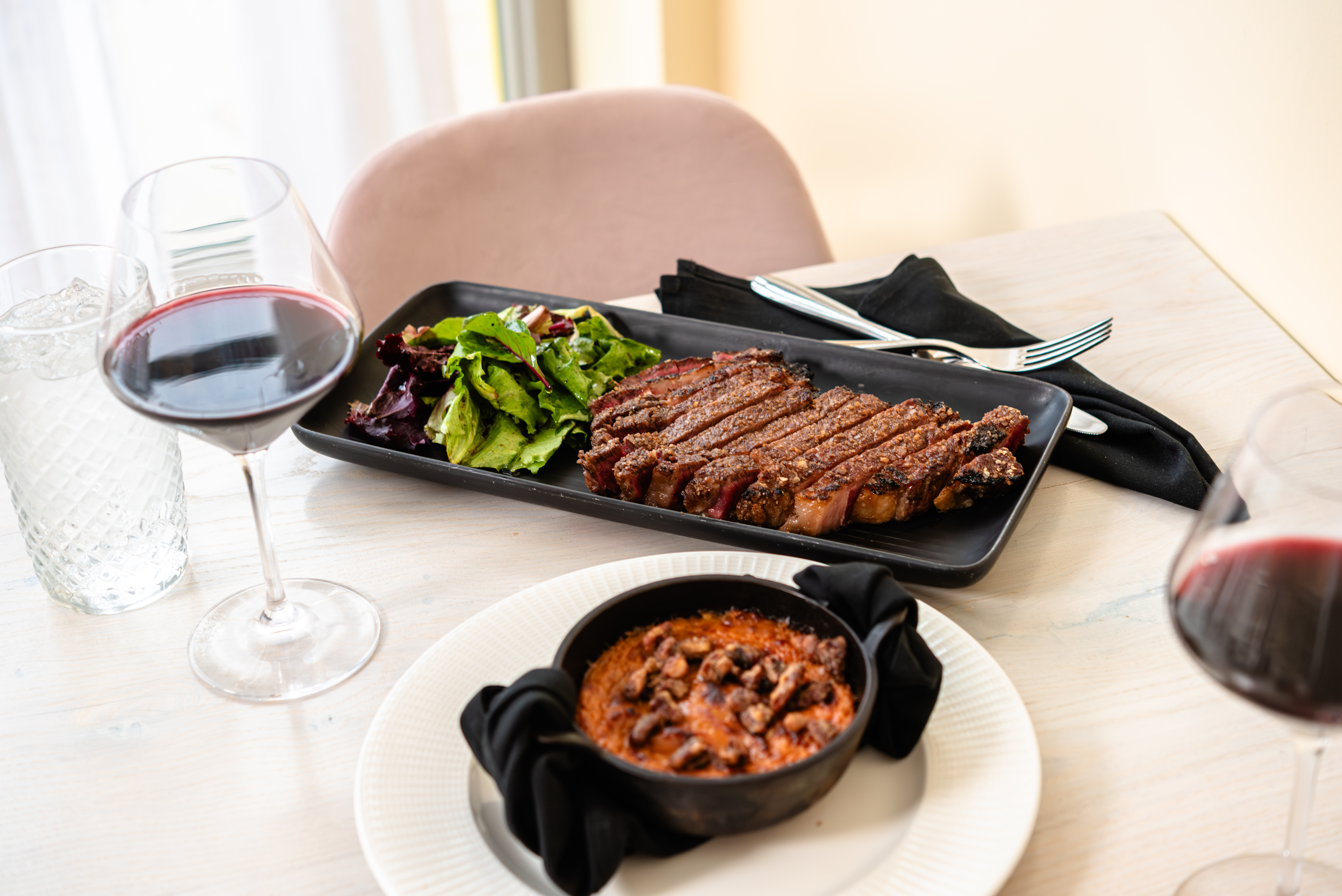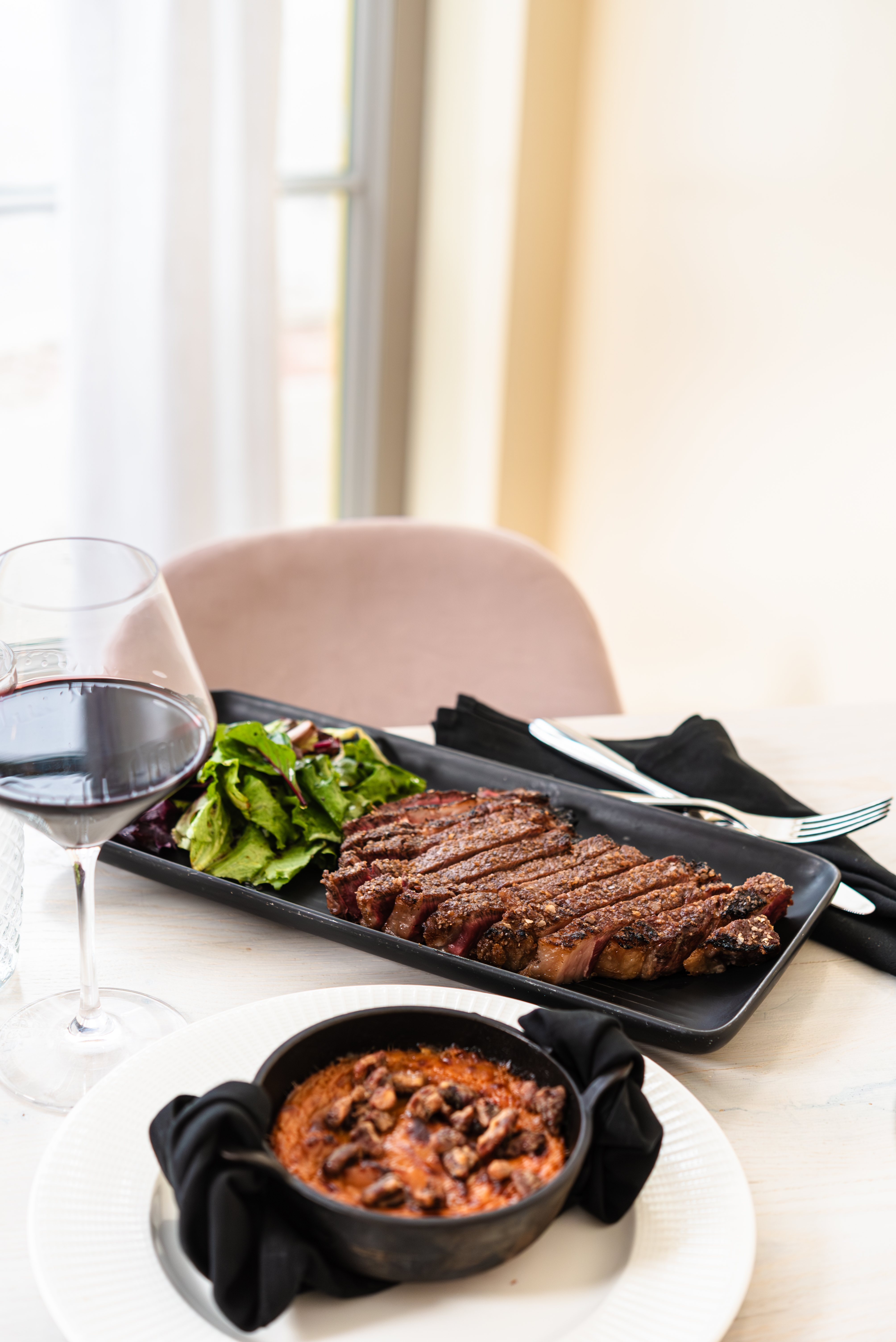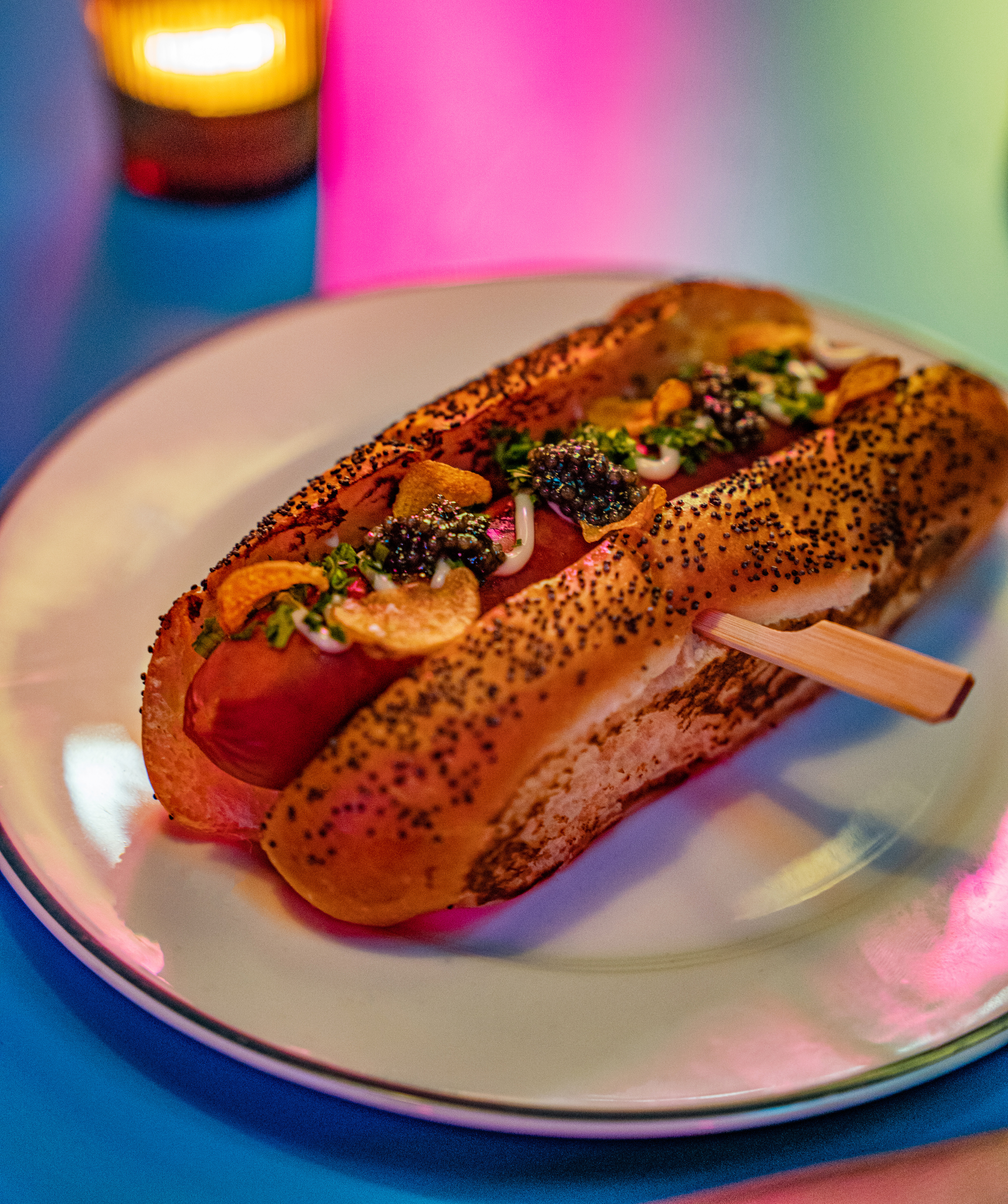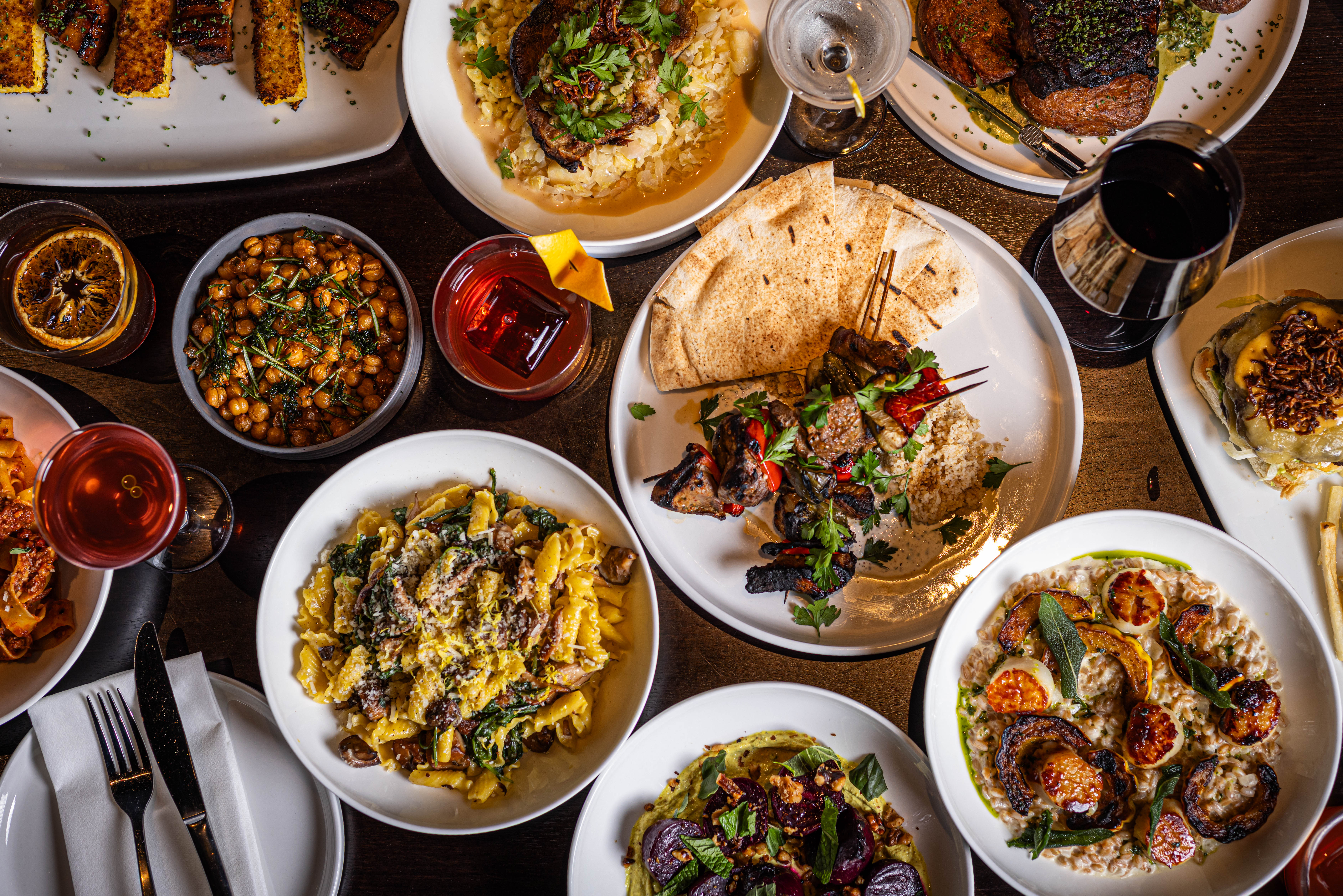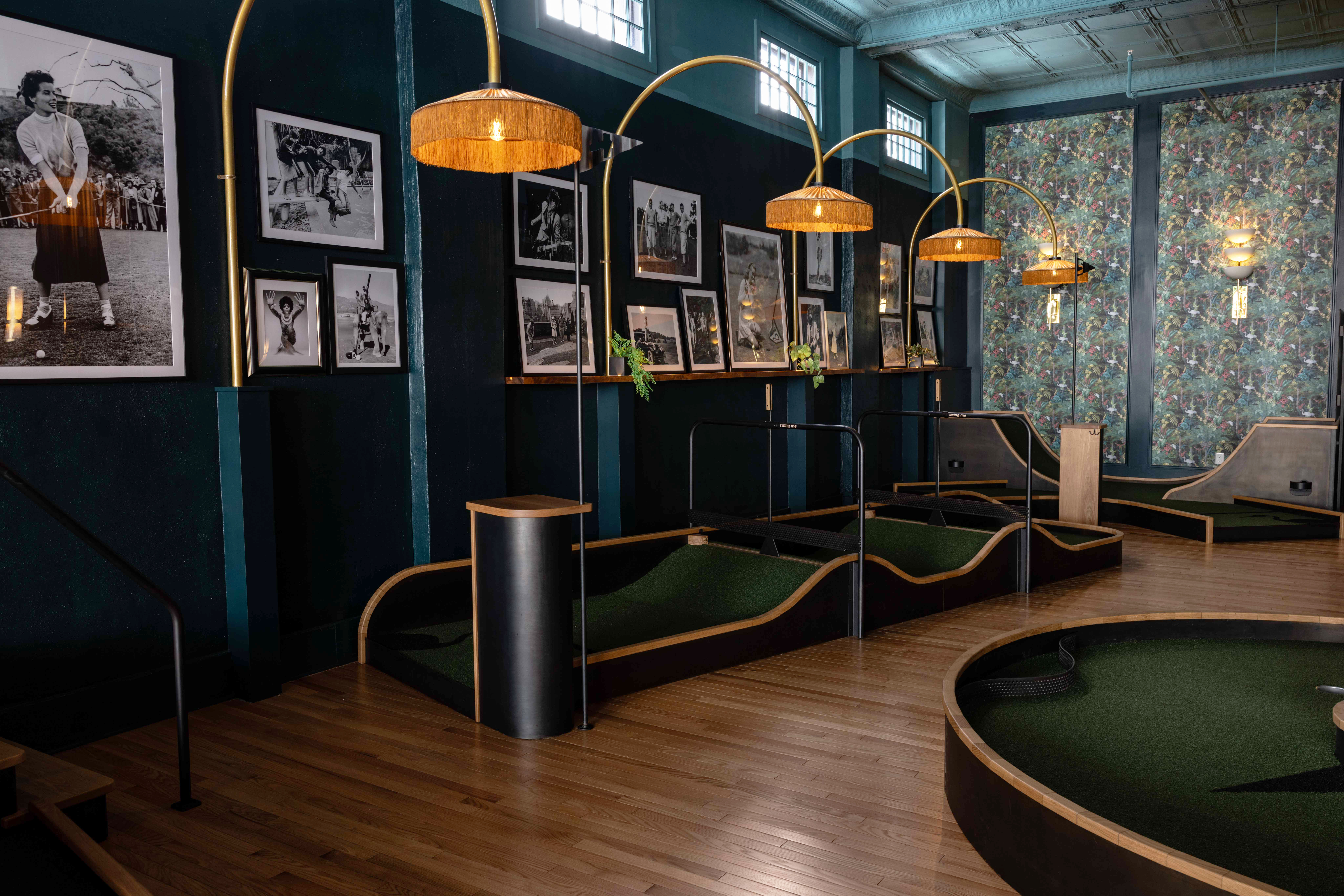Bright Young Things
Beaujolais Born in the South of France
by Marianne Frantz | Oct. 31, 2005 | 5:00 AM
Believe it or not, wine is not made simply to please the palates of snooty critics or line the cellars of vintage-focused collectors. Sometimes, wine is crafted for the sheer gulpable pleasure of sharing it with friends and family.
Such are the wines of Beaujolais, a southern region of Burgundy, France. Produced from the red Gamay grape, Beaujolais wines are made ready to drink using a special technique that ensures they’ll remain light and fruity.
Whole bunches of handpicked grapes are placed into stainless steel vats where the grapes at the bottom are naturally pressed from the weight of the grapes above. As the juices run, fermentation begins. Meanwhile, the grapes in the upper portion of the tank remain uncrushed and soon begin to undergo mini-fermentations inside each individual grape. The resulting pressed wine islight, fruity and low in tannins with lots of mouthwatering acidity.
With more than 1 million hectoliters produced each year, the French certainly It’s categorized using three quality levels. The most basic is labeled Beaujolais.
The new wines are celebrated during an annual festival held every third Thursday of November when Beaujolais producers select the cream of the crop and label the wines Beaujolais Nouveau. For most, this celebration represents a reason to raise a glass in honor of the harvest. Beaujolais Nouveau is bottled seven to nine weeks after the harvest and is designed to be consumed very young.
Labels that include the term Beaujolais-Villages are higher in quality with more complexity and aging. These wines should be served within a few years of the vintage date. The most age-worthy and complex wines of the region come from one of 10 cru villages (Brouilly, Chénas, Chiroubles, Côte de Brouilly, Fleurie, Juliénas, Morgon, Moulin-à-Vent, Régnié or Saint-Amour). Each cru will exhibit distinctive characteristics of the region and may be cellared from three to 10 years depending on the specific cru and vintage year.
If we are lucky, Nov. 17 will bring the signs of a fruitful harvest and gleefully mark the arrival of Beaujolais: a reason as good as any to celebrate by raising a glass with friends and family. Santé!
Marianne Frantz, CWE and founder of the Cleveland Wine School, is joined by Toni Orecchio, owner of Cork and Beans in downtown Cleveland, in selecting wines for this month’s Cellar Notes.
2004 Louis Jadot Beaujolais-Villages ($12): Lightbodied with raspberry, cherry, cotton candy and cranberry aromas; hints of green herbal flavors on the finish. Serve slightly chilled for a refreshing starter wine.
2003 Joseph Drouhin Beaujolais-Villages ($10): Medium-bodied with a ruby red hue; cherry, cranberry and earthy aromas backed by slightly tugging tannins. Perfect with savory chicken and pork dishes.
2002 Louis Latour Beaujolais-Villages, "Chameroy" ($10): Medium-bodied with moderate acidity and lots of cherry fruit, dried herbs and earthy aromas; soft tannins make it great for fall clambakes.
2003 Georges Duboeuf Fleurie La Madone ($16): Dark ruby red with perfumed aromas of preserved cherry, violets and herbal notes; velvety tannins highlight the complexity of this single vineyard Grand Cru.
2003 Georges Duboeuf Brouilly ($14): Dary ruby color and medium body is spiced with white pepper, floral, red plum and raspberry; round, firm tannins are solid enough to stand up to beef or game.
2002 Le Chateau de Pizay, Morgon ($13): Powerful aroma, including lots of ripe strawberry, kirsch and stone fruits; loaded with tannins and acidity, this wine is a great match for beefed-up dishes.
Trending
-
1
-
2
-
3
-
4
-
5





